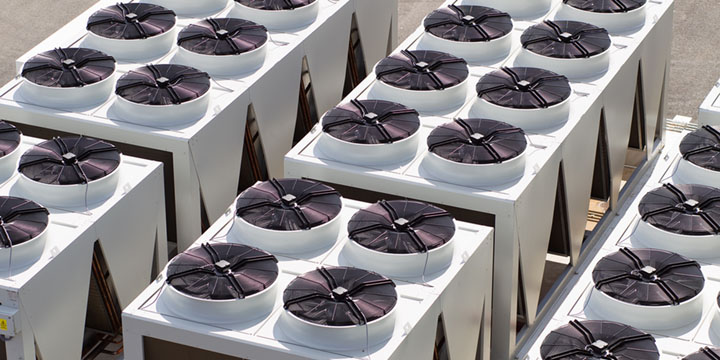By Lillian Mirviss | Utility Dive Link to article

The following is a contributed article by Lillian Mirviss, a government affairs manager at OhmConnect as well as a current fellow in the San Francisco chapter of the Clean Energy Leadership Institute.
Demand Response is dead.
That’s how the topic of Demand Response (DR) typically comes up in conversation. And let’s be honest: That statement isn’t entirely false. DR as we know it isn’t sexy. It’s not AI-enabled like storage. It can’t be visibly installed on a rooftop like solar.
Instead, DR is an invisible negawatt, an unused unit of energy. For residential customers, it’s turning off the air conditioner on a hot summer day when you’d much rather blast cool air inside your home. For large industrial customers, it’s turning off a factory for four hours and halting productivity.
For most of us who consume energy, DR — turning off appliances in the middle of using them — is often irksome and sometimes extremely frustrating.
But that isn’t what killed DR.
In fact, DR hasn’t had it easy: In a landscape of grid evolution and innovation, market structures have predominantly inhibited DR growth due to outdated load shedding models. Difficulties in quantifying baseline consumption levels have guillotined DR, especially since incentivizing customers to shed load is based on reducing below a seemingly arbitrary setpoint. The result is an arcane model of DR that fails to provide flexibility.
Rather than mourning DR’s death, it’s time to embrace the potential for transformation. As load shedding becomes passé, DR can evolve into Flexiwatts — its grid-of-the-future counterpart. Flexiwatts, a load-shifted megawatt of DR, incorporate demand flexibility and load adaptability in a time of smart, grid-connected devices.

